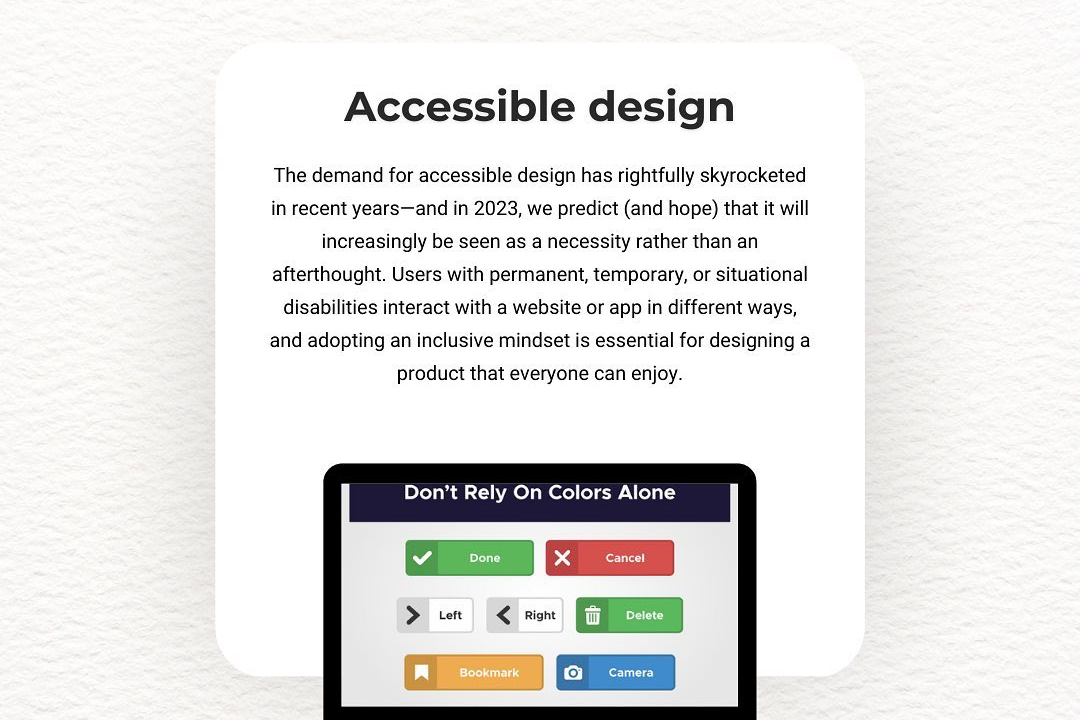Java EE Vs. Spring
Comparing Java EE and Spring: A Comprehensive Guide
Java EE Vs. Spring
Java EE (Enterprise Edition) is a set of specifications that extend the Java SE (Standard Edition) with specifications for enterprise features such as distributed computing and web services, providing a robust, standardized environment for building large-scale, multi-tiered applications. It includes components like Servlets, JSP, EJB, and JPA, which facilitate the development of enterprise applications with built-in capabilities for transaction management, security, and scalability. On the other hand, Spring is a comprehensive framework focused on simplifying Java development, particularly for enterprise applications, by promoting a modular approach, dependency injection, and aspect-oriented programming. While Java EE provides a set of standards and APIs that can sometimes be complex, Spring offers a more flexible, lightweight framework with a rich ecosystem that includes Spring Boot for easier configuration and setup, often leading to faster development cycles and lower entry barriers compared to traditional Java EE applications. While there is some overlap, Spring is often chosen for its ease of use, flexibility, and modern development practices, while Java EE is preferred when strict adherence to specifications and standards is required.
To Download Our Brochure: https://www.justacademy.co/download-brochure-for-free
Message us for more information: +91 9987184296
1 - Definition: Java EE (Jakarta EE) is an enterprise level Java framework that provides a set of APIs and a runtime environment for developing large scale applications. Spring is a comprehensive framework that offers various functionalities for building Java applications, focusing on simplicity and flexibility.
2) Architecture Style: Java EE follows a standard enterprise architecture model based on specifications such as Servlets, EJB, and JPA. Spring emphasizes a modular architecture, allowing developers to pick and choose the components they need.
3) Dependency Injection: Spring provides a powerful and flexible Dependency Injection (DI) container, making it easy to manage object lifecycles and dependencies. Java EE also has CDI (Contexts and Dependency Injection), but Spring's DI is often seen as more mature and easier to use.
4) Configuration: Spring supports both XML and annotation based configuration, providing developers with multiple options. Java EE primarily relies on annotations and XML, but it's often considered more rigid in configuration choices.
5) Modularity: Spring promotes modularity, allowing applications to be decomposed into smaller, manageable parts that can be developed and tested independently. Java EE applications can become monolithic due to the comprehensive nature of the specification.
6) Integration: Spring provides an extensive set of modules (Spring Boot, Spring Cloud, Spring Data, etc.) that simplify integration with various technologies. Java EE also supports integration but tends to rely on formal specifications which can be slower to adopt new trends.
7) Learning Curve: Spring has a steep learning curve due to its comprehensive nature, but many find it easier to grasp the core concepts. Java EE has a more standardized approach but can be complicated due to its vast set of APIs and configurations.
8) Community and Ecosystem: Spring has a large and active community, with extensive documentation and a wealth of tutorials available. Java EE has a smaller community but is backed by significant entities, like the Eclipse Foundation.
9) Microservices: Spring has extensive support for building microservices using Spring Boot and Spring Cloud. Java EE has been evolving towards microservices with Jakarta EE, but Spring has a head start in this area.
10) Development Speed: Spring Boot drastically reduces the initial setup time for new applications, making it easier to get started. Java EE applications can require more configuration and setup, leading to longer development times.
11) Testing Support: Spring provides excellent support for testing with various testing utilities and a focus on mocking. Java EE has testing support via JUnit and Arquillian but is often seen as more cumbersome.
12) Transaction Management: Both frameworks support transaction management, but Spring provides a more intuitive and flexible approach, allowing for easier configuration of transaction boundaries.
13) Performance: Both frameworks perform well, but Spring's lightweight nature can lead to better performance in certain scenarios, especially when using Spring Boot and microservices.
14) Deployment: Java EE applications are designed to be deployed on application servers (like JBoss, Glassfish), which can be heavier compared to Spring applications that can be packaged into simple JAR files with embedded servers.
15) Vendor Vendor Lock in: Java EE applications can sometimes lead to vendor lock in due to reliance on specific application servers. Spring’s open nature and lightweight approach make it easier to switch technologies.
This comprehensive overview can help illustrate the differences and advantages of Java EE and Spring, guiding students to choose the right framework depending on their project requirements and career goals.
Browse our course links : https://www.justacademy.co/all-courses
To Join our FREE DEMO Session: Click Here
Contact Us for more info:
- Message us on Whatsapp: +91 9987184296
- Email id: info@justacademy.co












